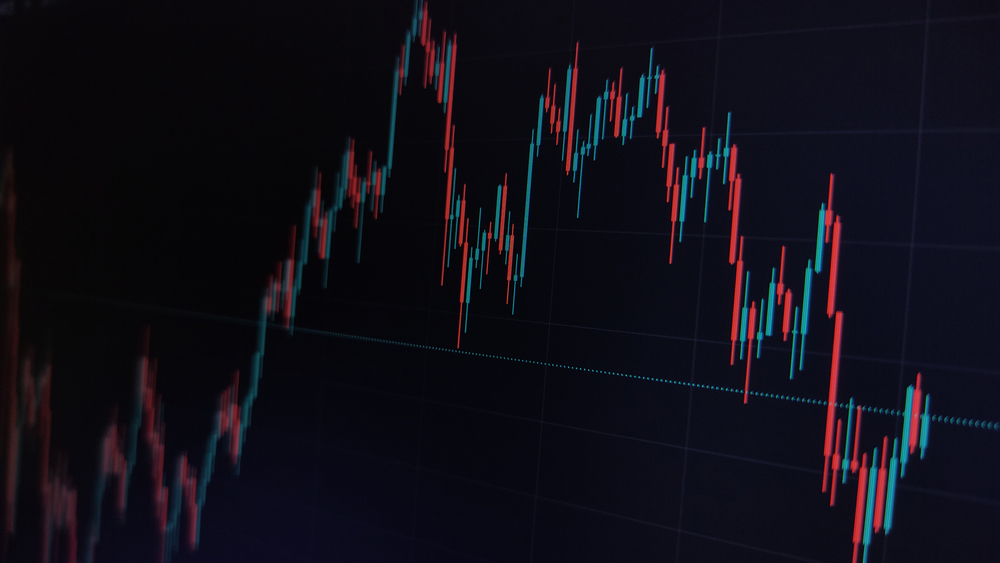- S&P 500 welcomes the new month with declines.
- Quantitative tightening (QT) began on 1 June.
- Everything depends on US Treasury.
Yesterday was the initial trading day of the new month, a challenging day for investors to trade regardless of the month. Meanwhile, 1 June was trickier as the QT (quantitative tightening) program began.
Consider quantitative easing (QE) to understand quantitative tightening. Ben Bernanke introduced the term after the 2008 – 2009 great financial crisis. The Fed started purchasing government bonds as it targeted policy easing since it had lowered the Fed funds rate towards zero.
Forward to this year plus past multiple quantitative easing programs, including the pandemic, the US Fed has its balance sheet worth around $9 trillion. Meanwhile, quantitative tightening (QT) began yesterday. That means Federal Reserve intends to trim its balance sheet – first timidly, then more aggressively.
There’s one issue and controversy with this approach. The problem is stocks maintained advancements all the years the Fed executed QE. Therefore, the opposite might occur during quantitative tightening. Logically, that should happen.
What about the controversy? What about the US Treasury and Fed discovering an approach to circumvent this process? All that matter is how the United States Treasury will fund Fed’s QT payments.
How US Treasury Will Fund Fed’s QT Payments
The marketplace responded within no time. The initial trading of June encountered declines, but that could be only a coincidence. The Fed purchases government bonds when operating QE. The process reverses when it comes to QT.
Quantitative tightening means the Fed sells bonds while the Treasury purchases them. Nevertheless, there is an issue with passive QT. That refers to the Federal Reserve allowing some of its bonds to mature.
The timeframe is zero amid such events, and the Fed redeeming the bonds will mean the Treasury paying with dollars from TGA (Treasury General Account). That can force it to issue new bonds & use the proceeds to pay.
If the Treasury pays for QT with front-end coupons and T-bills, the QT will differ from QE. Furthermore, passive QT isn’t a reverse of QE.
Stay tuned for upcoming financial news.



